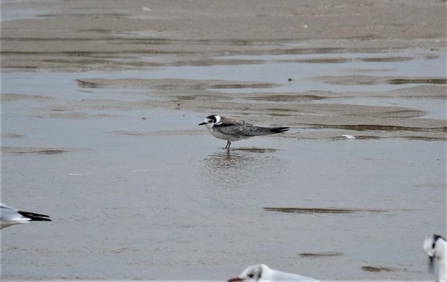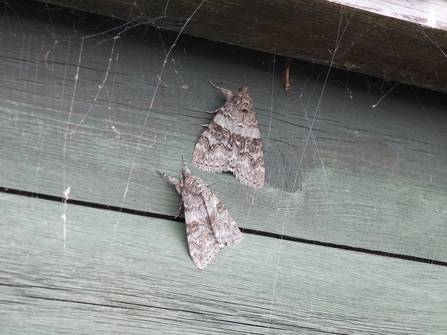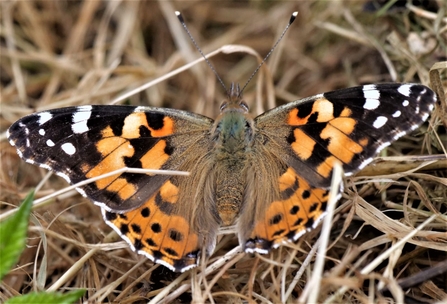Sea watching was the main theme of the month with northerly winds dominating the weather system. At this time of year many species are migrating south for the winter including many oceanic seabirds. Generally these species will be migrating miles out to sea completely avoiding the coastline and therefore avoiding detection. The northerly/north-easterly winds often push these birds closer to land. In addition to this, birds can become quite exhausted battling against the winds and might shelter close inshore.
During these weather conditions you can literally see anything over the sea from wildfowl, waders, seabirds, birds of prey, terns and even small passerines. This makes for very exciting watching, though it has to be said, it is very much an acquired taste particularly in gale force winds.
Highlights from the month include 21 pale-bellied brent goose, 1138 teal (364 south on 22nd), velvet scoter on 31st, 4 red-throated diver, 6 fulmar, sooty shearwater, 2 Manx shearwater, 276 gannet, 995 oystercatcher, 2 purple sandpiper, 3 little stint, 308 redshank (79 south on 7th and 125 south on 8th), 25 little gull, juvenile Sabine’s gull south on 26th, 4000 sandwich tern (678 on 9th and 800 on 27th), 18 black tern, 6 great skua, 7 pomarine skua, 317 Arctic skua (61 south on 28th), 8 long-tailed skua and singles of peregrine falcon and merlin south over the sea. An impressive 118 hours of sea watching was logged in August by four observes!







